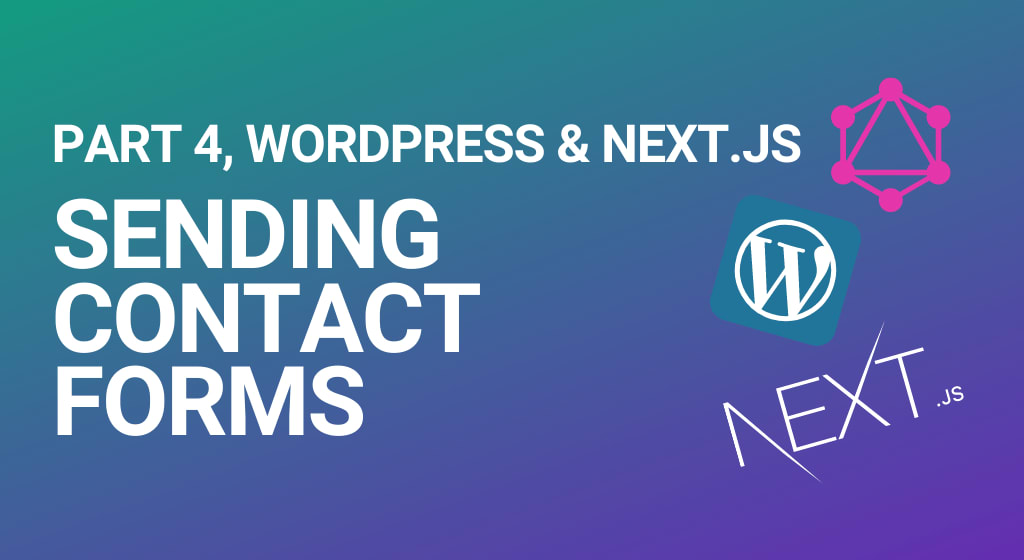Choosing the perfect JavaScript framework with a SWOT analysis
posted in:


This blog was produced in collaboration with SEO Baguette
In the world of web development, selecting the right JavaScript framework can make or break your project. With a plethora of choices available, each offering unique strengths and weaknesses, the decision can be daunting. To streamline this process, applying a SWOT analysis provides a strategic approach, ensuring you choose the most suitable framework for your specific needs.
Why Choosing the Right Framework Matters?
The choice of a JavaScript framework has significant implications on the efficiency, scalability, and maintainability of your project. The right framework can enhance development speed, improve code quality, and ensure future scalability. On the other hand, a poor choice might lead to compatibility issues, technical debt, and a lagging development pace. Among popular options like React, Angular, and Vue.js, each has its own set of advantages and challenges, making the selection process critical.
How to Conduct a SWOT Analysis to Choose the Right Framework?
A SWOT analysis is a structured planning method used to evaluate the strengths, weaknesses, opportunities, and threats of a specific option or decision. When applied to selecting a JavaScript framework, it helps identify each framework's unique attributes and compare them against your project requirements.
What is SWOT Analysis?
SWOT stands for Strengths, Weaknesses, Opportunities, and Threats. It is a strategic planning tool used to evaluate these four elements for a particular subject. By systematically identifying and analysing these factors, you can make a more informed decision about which JavaScript framework aligns best with your project requirements.
Benefits of Applying SWOT Analysis to Framework Selection
Using SWOT analysis allows you to systematically weigh the pros and cons of each framework. It helps in clarifying the alignment between the framework’s strengths and your project goals. By understanding the opportunities and threats, you can anticipate future challenges and benefits, ensuring a more strategic choice.
Examples of SWOT Analysis for Selecting JavaScript Frameworks
Here are 3 SWOT analysis examples to enhance your understanding of the process:
SWOT Analysis: React.js
Strengths:
- Large community with extensive resources.
- High performance due to virtual DOM.
- Reusable components for efficient development.
Weaknesses:
- Steep learning curve for beginners.
- Heavy reliance on third-party libraries.
Opportunities:
- Integration with modern tools (e.g., Next.js).
- Expanding use in mobile development via React Native.
Threats:
- Frequent updates may introduce breaking changes.
- Competition from simpler frameworks like Vue.js and Svelte.
For a detailed comparison, check out the article React, Angular and Vue compared , which should help you learn valuable insights to inform your decision.
SWOT Analysis: Angular
Strengths:
- Comprehensive framework with built-in features.
- Strong scalability for large applications.
- Backed by Google for long-term support.
Weaknesses:
- Complex and verbose, with a steep learning curve.
- Less flexible compared to other frameworks.
Opportunities:
- Attractive for large organisations and enterprise-level adoption.
- Alignment with modern practices like PWAs and SSR.
Threats:
- Slower adoption among smaller projects.
- Competition from simpler frameworks like Vue.js and Svelte.
For an example of integration, check out our guide on how to build a fullstack Astro website with GraphQL .
SWOT Analysis: Vue.js
Strengths:
- Simple, easy to integrate, with a gentle learning curve.
- Growing community and ecosystem.
- Versatile for various applications.
Weaknesses:
- Smaller ecosystem compared to React and Angular.
- Lacks significant corporate backing
Opportunities:
- Increasing popularity, especially in Asia.
- Potential expansion into new markets and industries.
Threats:
- Strong competition from React and Angular.
- Slower growth due to limited corporate support.
Developers can boost user engagement by adding a multi-image carousel to their projects. Check out our guide on how to build a multi-image carousel in React and Tailwind .
Applying SWOT Analysis to Your Project

When selecting a front-end framework for your project, begin with a SWOT analysis. If you're looking at headless contact form WordPress and Next.js , look into how to implement contact forms with these technologies.
Scope and Complexity
When evaluating the scope and complexity of your project, it's essential to determine which framework aligns best with your needs. Larger projects generally benefit from Angular's extensive and comprehensive structure, which is well-suited for complex applications requiring robust features and scalability. On the other hand, smaller projects may find Vue.js more advantageous due to its simplicity and ease of integration, allowing for quicker development without a steep learning curve.
Performance Needs
Performance requirements are critical in the selection process. Assess the performance demands of your application to choose a framework that optimises speed and efficiency. For high-performance applications, React is often preferred as it excels in rendering speed and state management, making it ideal for dynamic user interfaces.
Development Speed
Lastly, consider your development timeline and available resources. Selecting a framework that aligns with your team's skills and capabilities can significantly impact productivity. If your team is already familiar with a specific framework, sticking with it may accelerate development, while adopting a new framework might require additional training and adjustment time.
Align Framework Strengths with Project Goals
When selecting a framework, it's essential to consider scalability to ensure it can handle future growth and project expansion without complications. A framework like Angular can provide a solid foundation for large-scale applications, but React’s component-based architecture offers remarkable flexibility, allowing for quick updates and changes as the project evolves.
This adaptability ensures that your team can efficiently respond to new requirements or unforeseen challenges.
Additionally, community and ecosystem support play an important role in your decision. Ensure that the framework you choose has a robust support network, including a wealth of resources, plugins, and tools, which can significantly ease the development process and enhance your project’s longevity.
Mitigate Weaknesses and Threats
When deciding on a framework, it's vital to assess the learning curve associated with it, especially if your team lacks experience. A steeper learning curve can pose challenges in training and onboarding, potentially slowing down development timelines.
In such cases, opting for a more straightforward framework may alleviate these obstacles, allowing your team to ramp up quickly and efficiently.
Moreover, consider the long-term viability of the framework. Selecting one with a strong track record of support and stability is essential to mitigate potential disruptions in future development.
A framework that is actively maintained and updated not only ensures access to ongoing improvements but also helps protect your investment by reducing the risk of obsolescence in a rapidly evolving tech landscape.
Consider Future Opportunities
When selecting a framework, consider alignment with future career growth and market demand. For instance, React has been steadily increasing in popularity, making it a valuable skill for developers seeking to enhance their employability and project opportunities.
Additionally, assessing a framework's capacity for integration with emerging technologies is necessary. A framework that can easily pair with new tools, such as machine learning libraries or progressive web app technologies, will position your team to leverage innovations and maintain a competitive edge in the ever-evolving tech landscape.
By choosing a framework that aligns with these future trends, you can ensure that your development efforts not only meet current needs but also pave the way for continued success.
Making an Informed Decision
When evaluating various frameworks, you need to balance their strengths and weaknesses against your project's specific requirements. Each framework offers unique advantages, such as speed, scalability, or a robust community, but may also present challenges like a steep learning curve or limited versatility.
Reviewing case studies and examples from similar projects can provide valuable insights into how these frameworks perform in real-world scenarios, revealing their suitability for your objectives.
Furthermore, consulting with stakeholders—including key team members, developers, and project managers—ensures that the decision-making process is collaborative.
Engaging these individuals not only fosters alignment with the project's goals but also secures buy-in, which is essential for a successful implementation. Through this multifaceted approach, teams can make informed choices that maximise the benefits of their selected framework while minimising potential drawbacks.
After Choosing the Right JavaScript Framework

Once you have selected the optimal JavaScript framework for your project, the next crucial step is to transition into the implementation phase.
Starting with Prototypes
Testing the chosen framework with a small prototype is an important step before proceeding with full implementation. Prototyping allows your team to explore the framework's capabilities, revealing any potential issues early on. This approach enables you to experiment with key functionalities and assess how well the framework aligns with your project's demands without committing extensive resources.
Continuous Evaluation
Regularly assessing the framework's performance throughout the project is essential for long-term success. By remaining flexible and ready to adapt, your team can respond to challenges as they arise, ensuring that the framework continues to meet evolving requirements. This iterative evaluation not only helps in identifying performance bottlenecks but also aids in optimising workflows, ultimately leading to a more robust and efficient development process.
Conclusion
Choosing the right JavaScript framework is pivotal to your project's success. By employing a SWOT analysis, you can make a strategic and informed decision that aligns with both immediate project needs and long-term goals. This approach not only supports efficient development but also ensures your project remains scalable and sustainable in the future.
Taking the time to carefully consider your options will pay dividends in the successful execution and maintenance of your project. As you move forward, continue to evaluate and adapt, ensuring your framework choice supports both current and evolving requirements.
























Comments